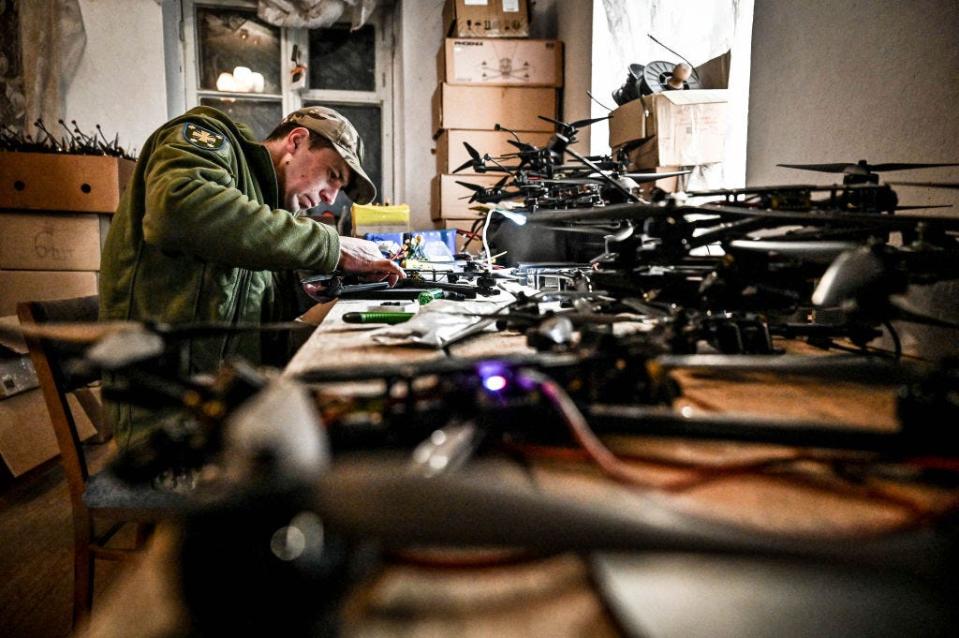American drones are glitching and getting lost in Ukraine, giving way to a flood of Chinese drones
American drones aren't performing as well as those from other countries, like China's, in Ukraine.
The drones are glitchy, expensive, and get lost during flight, sources told The Wall Street Journal.
Those problems are opening the door for Ukraine to buy drones from other manufacturers.
The drone war in Ukraine is constantly evolving and forcing both sides to innovate quickly. But for Ukraine, a key partner is having trouble keeping up and letting rivals fill the void.
American-made drones haven't excelled on the battlefield, prompting Ukraine to turn to buying Chinese-made drones.
The problems with many US-made drones, particularly some of the smaller ones, are that they often don't function as advertised or planned and easily glitch when targeted by Russian jamming, sources told The Wall Street Journal.
They are fragile and vulnerable to electronic warfare. For some of the systems that were sent to Ukraine, issues included not taking off, getting lost and not returning home, or simply failing to meet mission expectations.
Part of the problem is that US technology isn't evolving fast enough, in part due to restrictions on sourcing. Georgii Dubynskyi, Ukraine's deputy minister of digital transformation, told The Journal that "what is flying today won't be able to fly tomorrow," adding that the innovation window in this conflict is small.
"The general reputation for every class of US drone in Ukraine is that they don't work as well as other systems," Adam Bry, the chief executive of American drone company Skydio, told WSJ, acknowledging that his own drone is "not a very successful platform on the front lines."
US drones are also typically far more expensive than comparable models. And at the rate Ukraine is burning through them, it wouldn't be feasible. Instead, Ukraine is turning to systems made by Chinese companies for cheaper and often more reliable alternatives.
Chinese DJI drones have long played a role in the war, with Ukraine buying many of the retail models. Ukrainian forces sometimes strap bombs directly on them for a makeshift one-way attack drone or use them to drop grenades.
Ukraine has often manufactured its own drones through crowdfunding. While that's been successful, the sheer volume of drones being used in the war means both sides need to rely on several outlets to get what they need. There is also state-level support.
Russia has also relied on government support and private outfits, but it also gets unmanned systems from partners, such as the Iranian-made Shaheds. Russia has even developed its own domestic version of this system. But Russia has also bought Chinese-made drone technology.

The reported problems in America's domestic drone industry is concerning given the Department of Defense's prioritization on the development and fielding of uncrewed systems. Replicator, originally unveiled last August, is an initiative to put thousands of uncrewed systems into service by August 2025.
Pentagon "officials state that the Replicator initiative draws from lessons learned in the ongoing Ukraine-Russia conflict, in which Ukraine has leveraged large numbers" of cheap attributable systems "to counter the Russian military's advantage in force strength," according to a Replicator document for Congress from this March.
A few months after Replicator was first announced, multiple US defense industry executives and other companies told Defense News there was confusion around plans to build these drones. Many said that details on the program were unclear, especially with Chinese dominance in the small drone industry.
Read the original article on Business Insider

